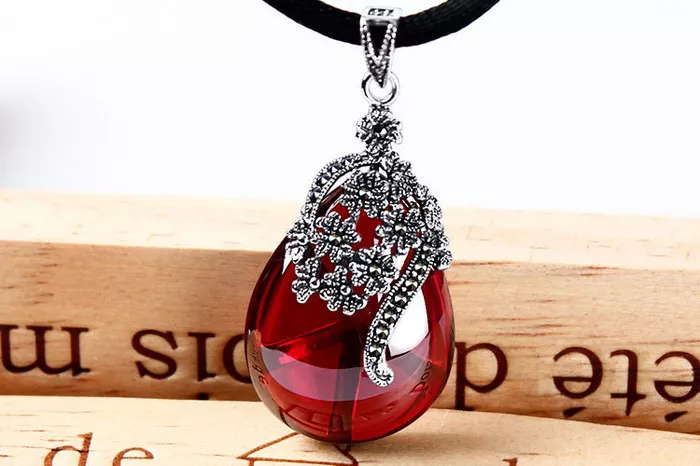Rubies are among the most prized gemstones in the world, known for their rich red color and exceptional brilliance. However, natural rubies can be quite rare and expensive, leading many people to explore alternative options such as artificial or lab-created rubies. Artificial rubies offer a more affordable and accessible alternative to natural stones while still providing the same stunning beauty and durability. In this article, we will explore the price of artificial rubies, factors that influence their cost, and how they compare to natural rubies in terms of value and quality.
Understanding Artificial Rubies
Artificial rubies, also known as lab-created or synthetic rubies, are manufactured in laboratories using advanced techniques that mimic the natural processes that create genuine rubies. These lab-created stones have the same chemical composition and physical properties as natural rubies, making them virtually indistinguishable to the naked eye. However, artificial rubies are typically more affordable than their natural counterparts and are available in a wide range of sizes, shapes, and colors.
Artificial rubies are created using a variety of methods, including flame fusion, flux growth, and hydrothermal synthesis. Each method produces synthetic rubies with slightly different characteristics and qualities, but all are prized for their vibrant color, exceptional clarity, and durability. Lab-created rubies are often used in jewelry, watches, and other decorative items, offering a cost-effective alternative to natural rubies without sacrificing quality or beauty.
Factors Affecting Artificial Ruby Price
Several factors can influence the price of artificial rubies, including the following:
Size and Carat Weight: Like natural gemstones, the price of artificial rubies is typically determined by their size and carat weight. Larger and heavier stones will generally command higher prices than smaller ones due to the increased material and manufacturing costs involved in producing them.
Color: The color of an artificial ruby can also affect its price, with stones that closely resemble natural rubies commanding higher prices. Deep red or “pigeon’s blood” red artificial rubies are often the most desirable and valuable, while lighter or less saturated colors may be more affordable.
Clarity: The clarity of an artificial ruby, or the presence of inclusions and internal flaws, can also influence its price. Stones with excellent clarity and minimal to no visible inclusions will generally command higher prices than those with visible flaws that detract from their beauty and brilliance.
Cut and Shape: The cut and shape of an artificial ruby can also impact its price, with well-cut stones that exhibit optimal brilliance and sparkle commanding higher prices than poorly cut or irregularly shaped stones.
Treatment: Some artificial rubies may undergo treatment to enhance their color, clarity, or overall appearance. Treated stones may be more affordable than untreated ones, but it’s essential to consider the long-term durability and stability of treated rubies before making a purchase.
Brand and Reputation: The reputation of the manufacturer or brand producing the artificial ruby can also influence its price. Stones from reputable and well-known manufacturers may command higher prices due to their perceived quality and reliability.
Comparing Artificial Ruby Price to Natural Ruby Price
While artificial rubies are generally more affordable than natural rubies, it’s essential to consider the differences in price, value, and quality between the two types of stones. Natural rubies are prized for their rarity, beauty, and symbolic significance, making them highly sought after by collectors and jewelry enthusiasts. As a result, natural rubies tend to command higher prices than artificial ones, especially for stones of exceptional color, clarity, and size.
In contrast, artificial rubies offer a more cost-effective alternative to natural stones without sacrificing beauty or durability. Lab-created rubies are virtually identical to natural rubies in terms of appearance and physical properties, making them an attractive option for those seeking the beauty of a ruby without the high price tag. Additionally, artificial rubies are more readily available in a wide range of sizes, shapes, and colors, allowing buyers to find the perfect stone to suit their preferences and budget.
Conclusion
Artificial rubies offer an affordable and accessible alternative to natural rubies, providing the same stunning beauty and durability at a fraction of the cost. The price of artificial rubies is influenced by factors such as size, color, clarity, cut, treatment, and brand reputation, with larger, high-quality stones typically commanding higher prices. While artificial rubies are generally more affordable than natural rubies, they offer excellent value and quality for buyers seeking the beauty of a ruby without the high price tag. Whether you’re looking for a statement piece of jewelry or a meaningful gift, artificial rubies are a versatile and cost-effective option that will add elegance and sophistication to any collection.


